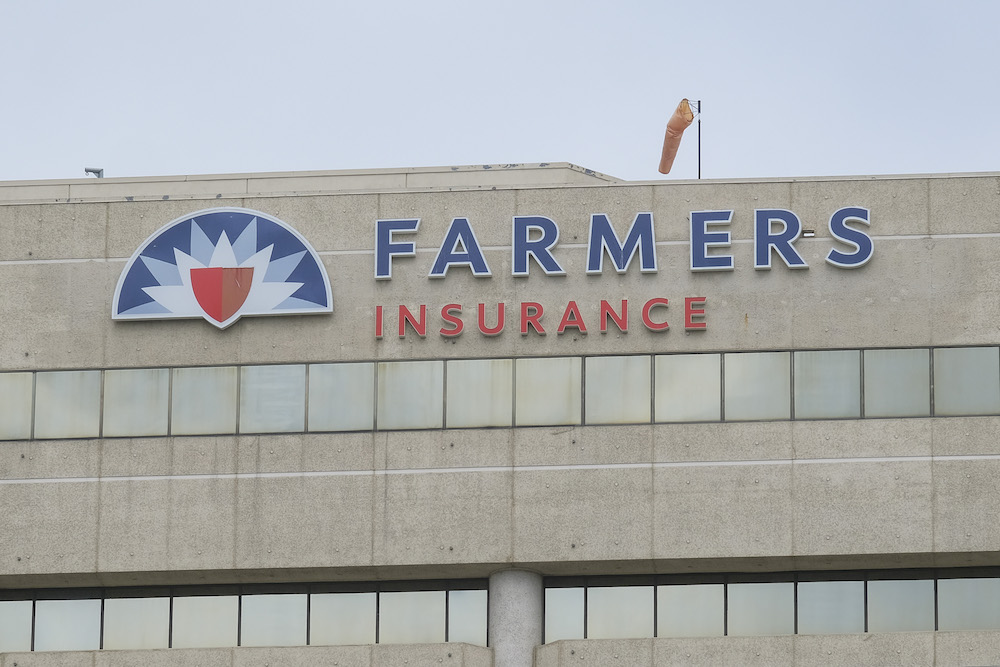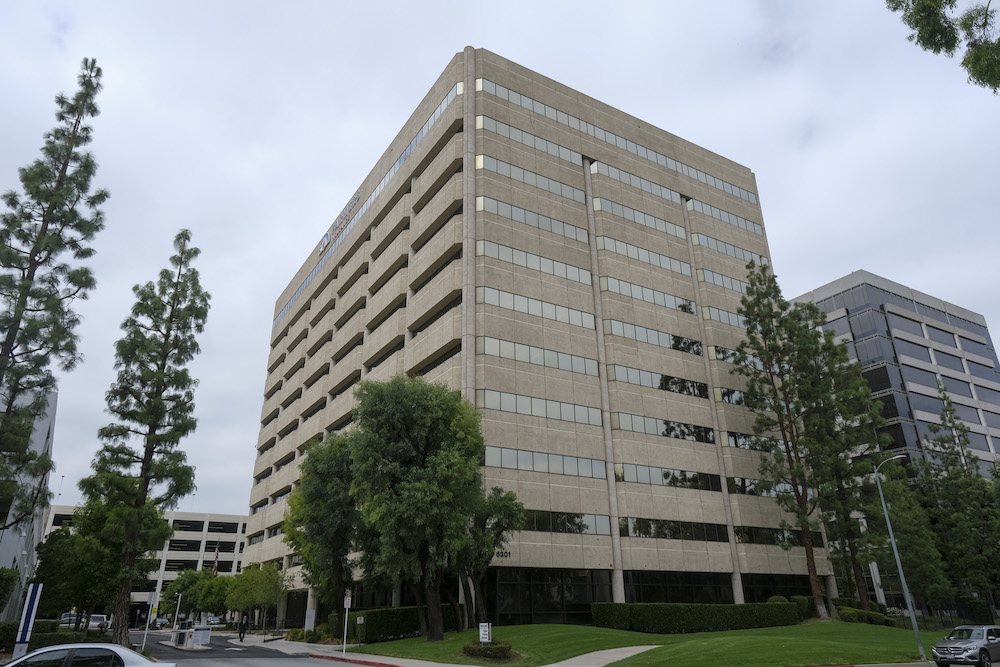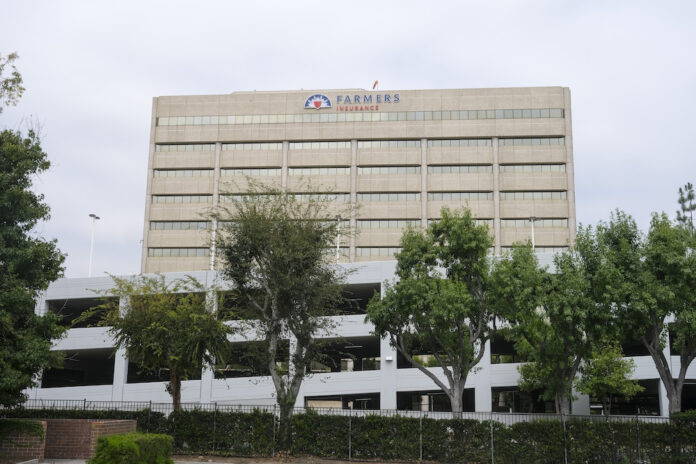The recent decision by Farmers Insurance to cut 11% of its workforce may have been a shock to those who were handed pink slips. For those who follow insurance from the outside, it was probably a long time coming for the increasingly challenged industry.
The Woodland Hills-based insurance giant said it was responding to the current state of the industry, which in recent years has been plagued by skyrocketing costs and, in some areas, unprecedented disaster risk. The company cut around 2,400 employees, including 369 who reported to the Woodland Hills headquarters.
“Given the existing conditions of the insurance industry and the impact they are having on our business, we need to take decisive actions today to better position Farmers for future success,” Chief Executive Raul Vargas said in a statement announcing the layoffs. “Decisions like these are never easy, and we are committed to doing our best to support those impacted by these changes in the days and weeks to come.”
Farmers is not alone. Other insurers are curbing their business in the same areas and scaling back other operations to adjust for economic conditions. These factors upend the comfortable operating space of insurance providers, experts say, and until things become more predictable the industry will remain challenged.
“Essentially, I think for insurance companies, since the beginning of time, they like things to stay the same. They like the landscape to be stable and predictable,” said Sean Andrade, an insurance attorney managing partner at downtown law firm Andrade Gonzalez LLP. “I think in the last three to five years or so there have been some major changes worldwide – and obviously in the U.S. and Southern California – that have had a major impact.”
Reading the signs

Farmers has been attempting to correct course financially for two years at least.
In January of last year, the company was actively trying to sublease a portion of its 500,000-square-foot headquarters on Owensmouth Avenue in Woodland Hills. In July, the company pulled out of Florida and said it was not going to increase footprint in California in the wake of competitors State Farm Insurance and Allstate Insurance calling it quits here in June. And now, more than one in 10 employees at Farmers were given pink slips last month.
While Farmers’ layoff announcement did not make a reference to a rise in wildfires and other environmental disasters, its competitors were more explicit in their announcements. And it is telling that Farmers seemingly has no interest in filling State Farm’s and Allstate’s void here, which would presumably increase its financial risk by a significant margin.
Farmers did note that it was executing a new strategy to “reinvent how insurance is delivered, simplifying systems and introducing innovations” to improve its product and support the work its agents do for customers. It has not yet indicated what those plans are.
“As our industry continues to face macroeconomic challenges, we must carefully manage risk and prudently align our costs with our strategic plans for sustainable profitability,” Vargas said. “Our leaner structure will make us more nimble and better able to pursue opportunities for growth and ultimately make Farmers more responsive to the needs of our insured customers and agents. There is a bright future – for Farmers and for our industry – and it necessarily will look different than the past.”
With an estimated 2,650 employees based here, Farmers ranked as the 13th largest private employer in the Valley area, according to the Business Journal’s list of Largest Private Sector Employers published on Aug. 28. The company told the state employment department that it had dismissed 369 staffers who reported to the Woodland Hills headquarters, of whom 56 worked in the office and presumably live locally. The remaining 313 employees worked virtually throughout California.
Farmers is not the only insurance provider that has recently made cuts to its Los Angeles County workforce. American General Life Insurance Co., a subsidiary of AIG, laid off 163 employees from its Woodland Hills office, and Topa Insurance Group eliminated 87 from its Calabasas headquarters – both in May.
Now what?

Andrade said the industry was in the midst of a rocky period, but speculated further that things would eventually settle.
The basic issue, he said, is that insurance companies base their margins on relatively predictable issues and payouts. And right now, payouts are happening at greater clip and in a higher amount.
“Some of that is the climate changes and the increased risk for fires, but the pandemic and all kinds of logistical concerns with shipping have really driven up replacement costs as well,” he said, adding that labor costs have also gone up. “It costs more to get things done in general, so they’re seeing a lot of increases on their costs side with claims, and also just an increase in the number of claims.”
The issues in California aren’t new. Record-breaking wildfires have wiped entire communities off the map in the past several years. After years of drought, an unusually rainy winter toppled levees and flooded towns in the Central Valley. A tropical storm just hit Southern California for the first time in decades. And earthquake experts say we’re due for “the big one” eventually.
“Those are risks that no insurance company really wants to see coming toward their books,” Andrade said.
The big insurance players cutting back doesn’t mean homeowners and others will be left out of the loop, however. The California FAIR Plan Association, which is funded by all insurance providers based on market share, serves as an emergency safety valve for those unable to obtain coverage. There are also mid-size and smaller providers out there to fill the void and increase the risk pool.
“The big names are pulling out, but there are other companies that are still there,” Andrade said. “Consumers will have to do a little bit of homework to vet them to make sure they’re good insurers, which is hard to do when you’re a member of the public. We’ll see at some point if they stop taking on businesses as well, but there are still good insurers out there that are still writing policies.”
